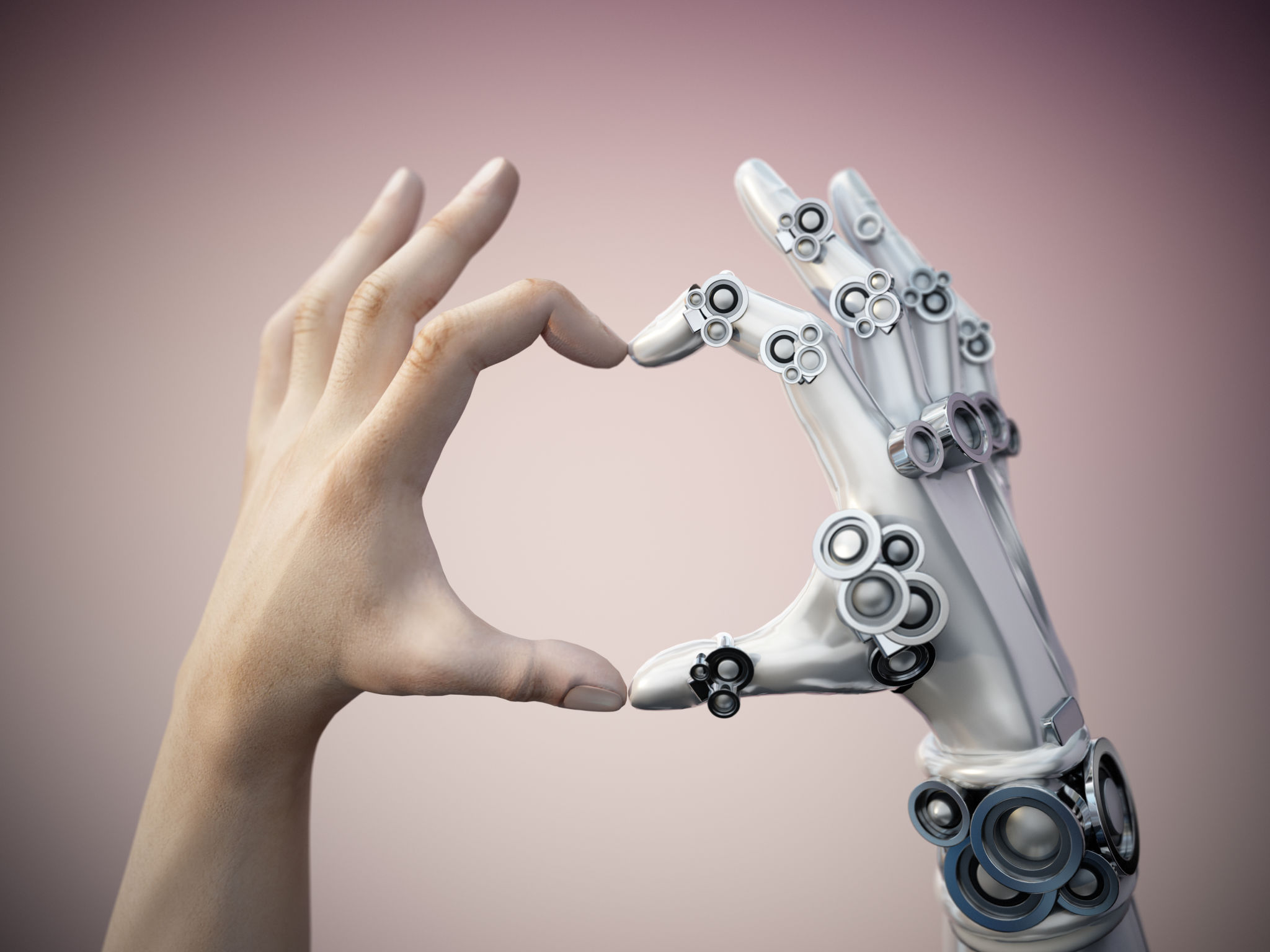Advanced Industrial Robotics: A Guide to Enhancing Workplace Safety
Introduction to Advanced Industrial Robotics
As industries evolve, the integration of advanced robotics in the workplace is becoming increasingly prevalent. These sophisticated machines offer numerous benefits, particularly in enhancing workplace safety. By automating repetitive and hazardous tasks, advanced industrial robotics help reduce the risk of accidents and injuries.

The Role of Robotics in Safety
Robots are designed to work in environments that may be dangerous for humans, such as those involving extreme temperatures, toxic substances, or heavy lifting. By taking on these tasks, robots minimize the exposure of human workers to potential dangers, fostering a safer work environment.
Additionally, robots can be programmed to follow strict safety protocols, ensuring that tasks are completed consistently and accurately. This reduces the likelihood of human error, which is a common cause of workplace accidents.
Key Safety Features of Advanced Robotics
Modern industrial robots come equipped with a variety of safety features designed to protect both workers and the machines themselves. Some of these features include:
- Sensors and Cameras: These allow robots to detect obstacles and adjust their movements accordingly, preventing collisions.
- Emergency Stop Functions: Robots can be quickly shut down in case of an emergency, minimizing potential harm.
- Safety Fencing and Barriers: Physical barriers can be installed to keep workers at a safe distance from operating robots.

Implementing Robotics for Safety Enhancement
For businesses considering the adoption of advanced robotics, it is crucial to conduct a thorough risk assessment. This involves identifying potential hazards and determining how robots can effectively mitigate these risks. By doing so, companies can ensure a safer working environment for their employees.
Training is also a critical component of implementing robotics. Workers should be educated on how to safely interact with robots and understand the protocols in place to maintain a secure workplace.
Impact on Productivity and Efficiency
Beyond safety, the integration of robotics can significantly boost productivity and efficiency. Robots can operate continuously without fatigue, leading to increased output. This allows human workers to focus on more complex, strategic tasks that require creativity and problem-solving skills.

Future Trends in Industrial Robotics
The field of industrial robotics is rapidly advancing, with innovations such as collaborative robots (cobots) that work alongside humans becoming more common. These robots are designed to be inherently safe and can easily adapt to changes in their environment, offering even greater flexibility and safety.
As technology continues to progress, we can expect to see further enhancements in robotics that will not only improve safety but also transform the industrial landscape.